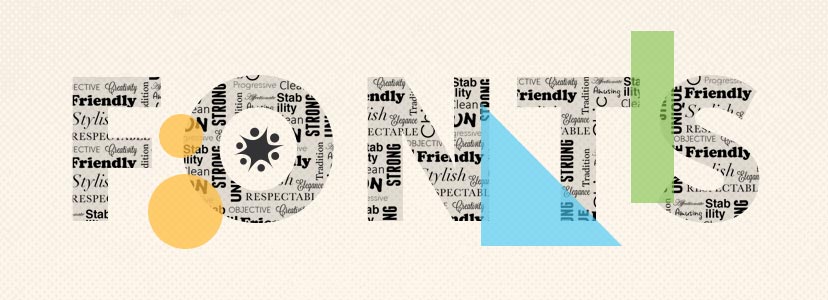When it comes to building a website, most of the focus is usually on choosing the right color scheme or improving navigation. However, font plays a large role in engaging your audience and ensuring your message is delivered in the tone and with the personality you want.
With that in mind, here’s more on why font is so important and how to choose the right one even if you’re not a designer.
Why is font important?
When Steve Jobs was building his first Mac computer, he was the first to offer different font designs. He understood early on, how important typography was to personalization.
Choosing the perfect font for your site will engage your audience and influence site visitors’ perception of your company. The right font can subconsciously communicate your brand to readers.
For example, it can convey stability and strength, which is perfect for websites that provide professional services such as banks, accounting businesses, and law firms. It can also convey elegance and creativity, which is more appropriate to use in a wedding photography website or a boutique design studio.
The important thing to remember is to use font that is appropriate for your industry and brand.
How do you do that? Let’s look at the basic font types:
The basic font types: Serif vs Sans Serif

Fonts can be grouped into two types: serif and sans serif. Serif is distinguished by having a small decorative embellishment on the tops and ends of the letters. These additional vertical and horizontal strokes make the letterform more distinct, and the text more readable. Serif is commonly used in print.
Sans serif is known for its simple and straightforward fonts that lack the additional little stroke found at the ends of the letterforms. Because of its simplicity, sans serif works better if viewed online.
Serif fonts such as Times New Roman and Garamond are great for traditional businesses; while sans serif fonts such as Helvetica work well with modern businesses.
How to find the right font
One of the first things to consider is your brand personality. Ask yourself what type of emotions you want to evoke and what kind of impression you want to make on people who come to your website. Do you want to come across as friendly and accommodating? Do you want to make a strong, stable, and lasting impression?
Once you know what impression you are trying to make, you can look to guides and tools to find the right font. This infographic, for example, shows several collections of fonts along with what they communicate.

But there are also other considerations…
What about pairing fonts?

Ordinarily, a website makes use of more than one font: one for the body copy, and another one for the headlines or subheadings. Whenever picking the font combinations to work with your brand, you need to avoid pairing two fonts that have opposing styles. Instead, choose a font pairing that is balanced and complimenting in order to avoid visual clashes and to create a harmonious effect.
Consider font sizing

The size of your font has a huge impact on the user experience of your website. Unfortunately, older readers and people who are visually impaired will struggle with small font sizes, and even people with 20/20 vision will experience eye fatigue if they have to continually squint their eyes in order to read your text. Remember your site visitors came looking for information so your font needs to be easily readable, above all else.
Don’t forget the context

Lastly, font is just one aspect of web design. In order to have a beautiful and functional website, every aspect needs to work together. Make sure the font you end up choosing works well with the color palette, visuals, and the overall brand messaging of your website.
The takeaway
It all comes down to two things, really: readability and brand personality. The end goal is to deliver your message clearly and through a font that reflects who you are as a company. In doing so, you can send your message while setting the tone for what customers can expect from you.
Want More?
Love good typography? So do we. For amazing fonts and tips on how to shine at type, check out these articles:
Top 25 Free Fonts of 2015 Designer Collection
Typographic Terms Every Designer Should Know
The Typographic Terms You Need To Know To Turn You Into An Expert Designer

Written by Jessica Walrack on Monday, December 5, 2016
Jessica Walrack is a professional freelance writer with a background in sales and marketing. After 7 years in the corporate world, she stepped into the online sphere and has now been freelancing for 4 years. She specializes in helping businesses to create a stellar online experience for their audience in order to build industry authority and increase profitability. In her spare time, Jessica enjoys traveling all over the world with her family.

